
Category Archives: Environment
A love letter from #EarthToParis – short video narrated by Morgan Freeman
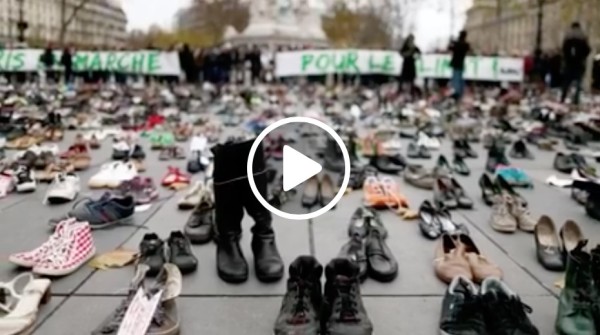
Film by Nirvan / GOOD. Narrated by Morgan Freeman. Music: “Allegro Prestissimo” performed by Yo-Yo Ma & Bobby McFerrin, courtesy of Sony Music Entertainment. Nature footage courtesy of Moving Art by Louie Schwartzberg. Produced by SpecialOrder.co.
President Obama Announces COP21 Climate Agreement
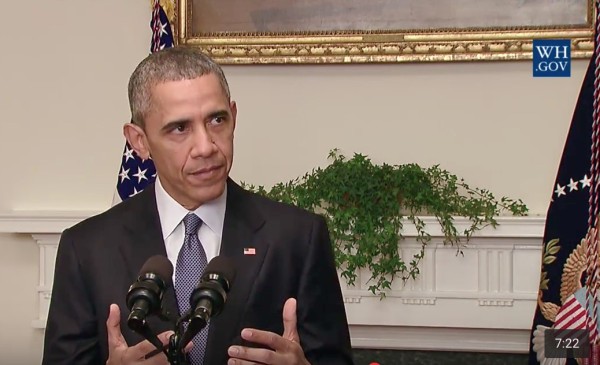
We cannot be complacent because of today’s agreement. The problem’s not solved because of this accord … it creates the mechanism, the architecture for us to continually tackle this problem in an effective way.
More at the White House blog
Nut Brother vacuumed up smog in China for 3 months & then made a brick out of it

Northeast US will have more heat, snow, rain according to powerful data modeling
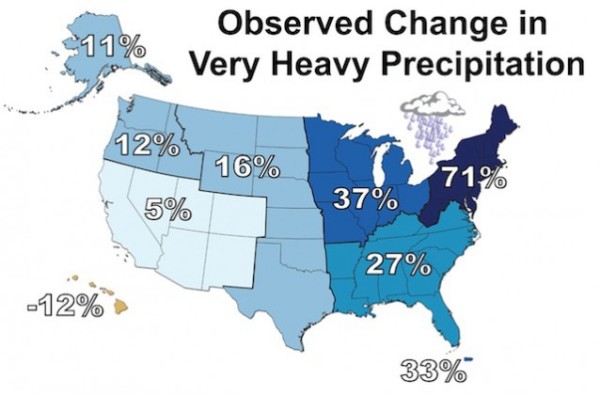
Harnessing the supercomputing power of UT’s Kraken and Oak Ridge National Laboratory’s (ORNL) Jaguar (now Titan, the fastest in the world), the researchers combined high-resolution topography, land use information and climate modeling. Then they used dynamical downscaling to develop their climate model results. Dynamical downscaling allowed the researchers to develop climate scales as small as four square kilometers.
“Instead of studying regions, which is not useful when examining extreme weather, dynamical downscaling allows us to study small areas such as cities with a fine resolution,” said Fu.
Global warming doesn’t mean that all regions of the earth will always be warmer. ThinkProgress explains:
One of the most robust scientific findings is the direct connection between global warming and more extreme precipitation or deluges. “Basic physics tells us that a warmer atmosphere is able to hold more moisture — at a rate of approximately 7 per cent increase per degree [Celsius] warming,” as the U.K. Met Office explained in its 2014 update on climate science. “This is expected to lead to similar percentage increases in heavy rainfall, which has generally been borne out by models and observed changes in daily rainfall.”
Fu cautions:
It is important that the nation take actions to mitigate the impact of climate change in the next several decades. These changes not only cost money – about a billion a year in the U.S. – but they also cost lives.
Long Island mom’s TEDx Talk: overcoming eco-grief & becoming an ecofeminist
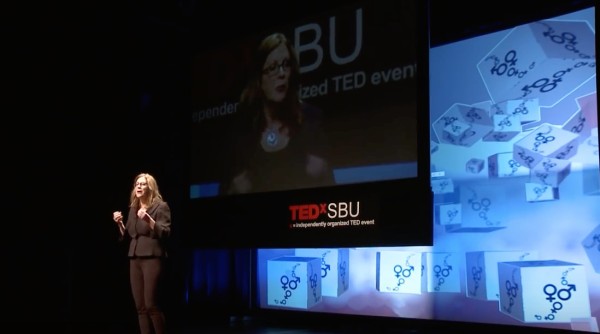
When Heidi learns from a family friend of her own mother’s ecofeminism, she becomes fascinated with taking action. Her eco-grief lifts, Heidi’s life is transformed and her message is: the same can happen to you.
…the blinders flew open & eco-grief set in … feel that grief because then you will be called to act and you will join us and we will fix this thing.
Raise your voice against Great Adventure destroying 18,000+ trees instead of putting solar on its parking lot
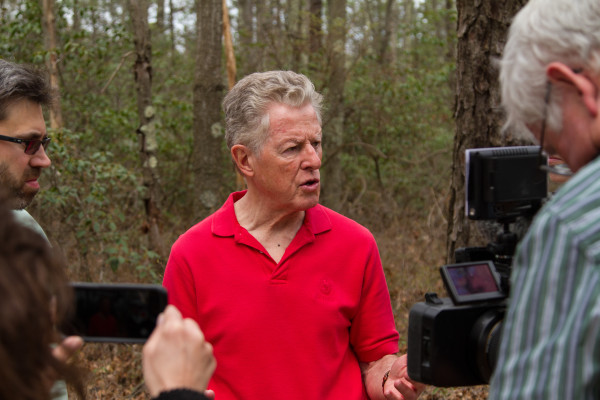
In May, the Department of Environmental Protection offered to buy the forest with Green Acres dollars for the state’s open space inventory, but the entertainment company wasn’t swayed. NJ Spotlight quotes assistant DEP commissioner Richard Boornazian, who wrote in a letter to Six Flags,
“We oppose large solar projects that damage or destroy previously undisturbed resources, such as the project you proposed … Such projects are entirely inconsistent with our mission and with our guidance for solar siting.”
100 Jackson, NJ residents residents turned out at a town hearing few days ago to ask why the forest destruction is still being considered. Help by raising your voice too! As CWANJ’s director writes in an email,
There will be another hearing and much more. You don’t have to be from Jackson to be involved…anyone can attend and speak at the hearings, write letters and (spread the word through) social media.
“The reputational risk for the company,” Gov. Florio added, “is very high. The whole idea of a facility that caters to young people, children, and doing the things that they’re doing and having the negative impact climate-change-wise is something that will not resonate well with the young people.”
Start by signing the petition.
To get special updates on the campaign, email Director David Pringle and follow CWANJ on Facebook or Twitter.
Plankton eating plastic caught on video for first time. Then we eat it too :-)
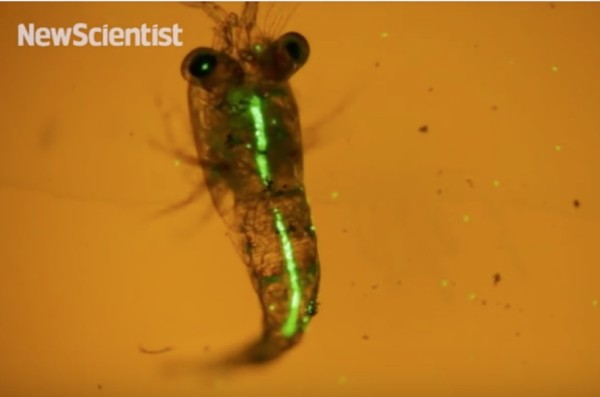
Where does all that plastic come from?
Cosmetic and healthcare products that have a scrubbing quality like exfoliating soaps and toothpaste use plastic microbeads that wash into drains and out to large bodies of water. Natural products could be used, but they mostly aren’t.
Then, there’s the island of plastic debris floating in our oceans – tons of the stuff – that breaks into tinier and tinier particles as pieces are hit by the sun and jostle against each other, and then against rocks and sand as they move around the ocean waters. Plastic breaks into tiny pieces but doesn’t disappear, and now we know that plankton eat it.
Hat tip to Theresa Lam for the share!
EJ Victory: EPA agrees to expand neurotoxin ban to agriculture after court order

15 years after the Environmental Protection Agency (EPA) banned chlorpyrifos from residential use, the agency has agreed to expand the neurotoxic pesticide ban to agricultural fields as well. Exposure to to this health and memory harming drug has continued for farmworkers, their children and rural residents. Field workers have direct contact with the pesticide drug when they are forced to return to recently sprayed fields … it drifts easily into neighboring yards and farms … and over time, it has entered water sources from which local dwellers drink. Drinking water contamination is particularly harmful to infants.
The announcement was a response to an EarthJustice petition. Calling EPA’s delay in regulating chlorpyrifos “egregious,” the 9th Circuit Court of Appeals ordered the agency to take meaningful action by October 30 2015 on the 2007 legal petition to ban the chemical. The EPA had postponed the agriculture ban because of a flawed study by its manufacturer, Dow Agrosciences, which argued that the chemical was not toxic in agriculture environments.
“This is what we have been seeking for years. EPA’s and other independent findings show that chlorpyrifos causes brain damage to children and poisons workers and bystanders,” said Patti Goldman, the Earthjustice attorney handling the case. “At long last, the agency is signaling its intention to protect children, workers and their families by banning this hazardous pesticide. It is imperative that EPA move quickly to protect workers and children by finalizing this important rule.”
“Given the incredibly strong science on the health harms of this pesticide, it’s absurd that EPA has taken so long to act,” said Dr. Margaret Reeves, Senior Scientist at PAN. “A ban will finally ensure that children, workers and families in rural communities are safe from this drift-prone, bad actor pesticide.”
In December 2014, EPA acknowledged the extensive body of peer-reviewed science correlating chlorpyrifos exposure with brain damage to children, including reduced IQ, delayed development, and loss of working memory.
Ordered by a court to take regulatory action based on its scientific reviews, EPA is now proposing to completely ban chlorpyrifos. This would end all uses of chlorpyrifos that result in residues on food, contamination of drinking water, or drift to schools, homes, and other places people are located.
“It’s a step forward on the path to environmental justice,” said Virginia Ruiz of Farmworker Justice. “Farmworkers and their families, who are predominantly poor and majority people of color, bear the brunt of poisonings from pesticides and pesticide drift.”
If you would like to support Earthjustice’s work please make a donation.
John Oliver exposes ND’s Bakken Oil Fields, which kill workers and farms

As only John Oliver can say….please watch and share…we should all be angry….
Here’s why: South Dakota’s Bakken Oil fields ruin farmland. They kill 1 person every 6 weeks, workers may work 69 hours straight and OSHA only has 8 inspectors for both North and South Dakota so they’re unlikely to ever investigate any of this. The Petro-Hunt Company spilled 3000 barrels of oils and five months later, spilled 600 barrels (over 25,000 gallons) of oil – but got deep discounts on fines for promising never to do it again.
And by the way, the state of North Dakota has no ethics committee and allows oil companies indemnification against lawsuits. Listen to John Oliver and weep.
The New York Times ran a story on Bakken last November, “The Downside of the Boom: North Dakota took on the oversight of a multibillion-dollar oil industry with a regulatory system built on trust, warnings and second chances.”